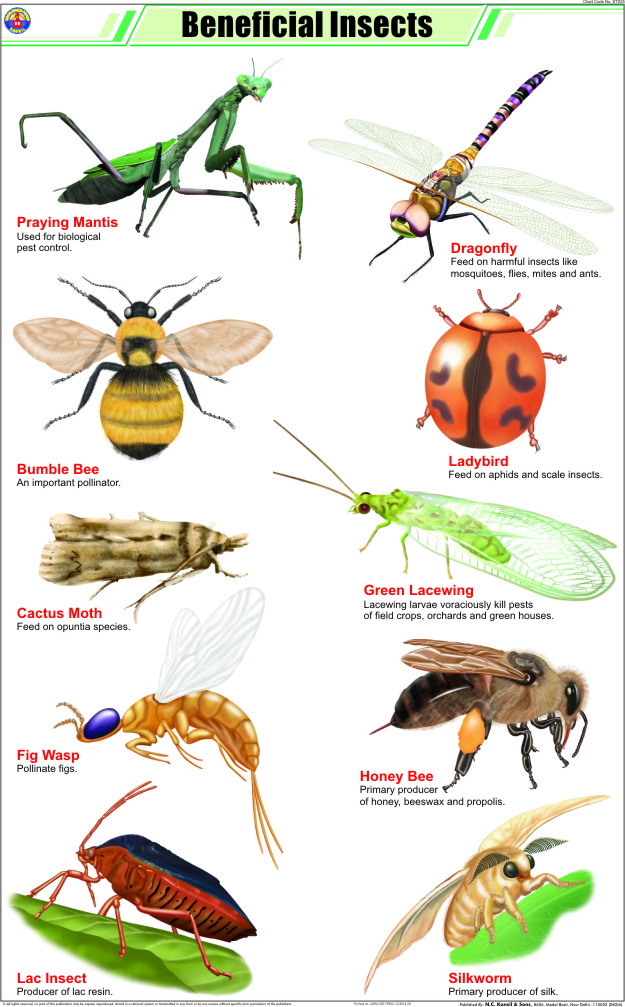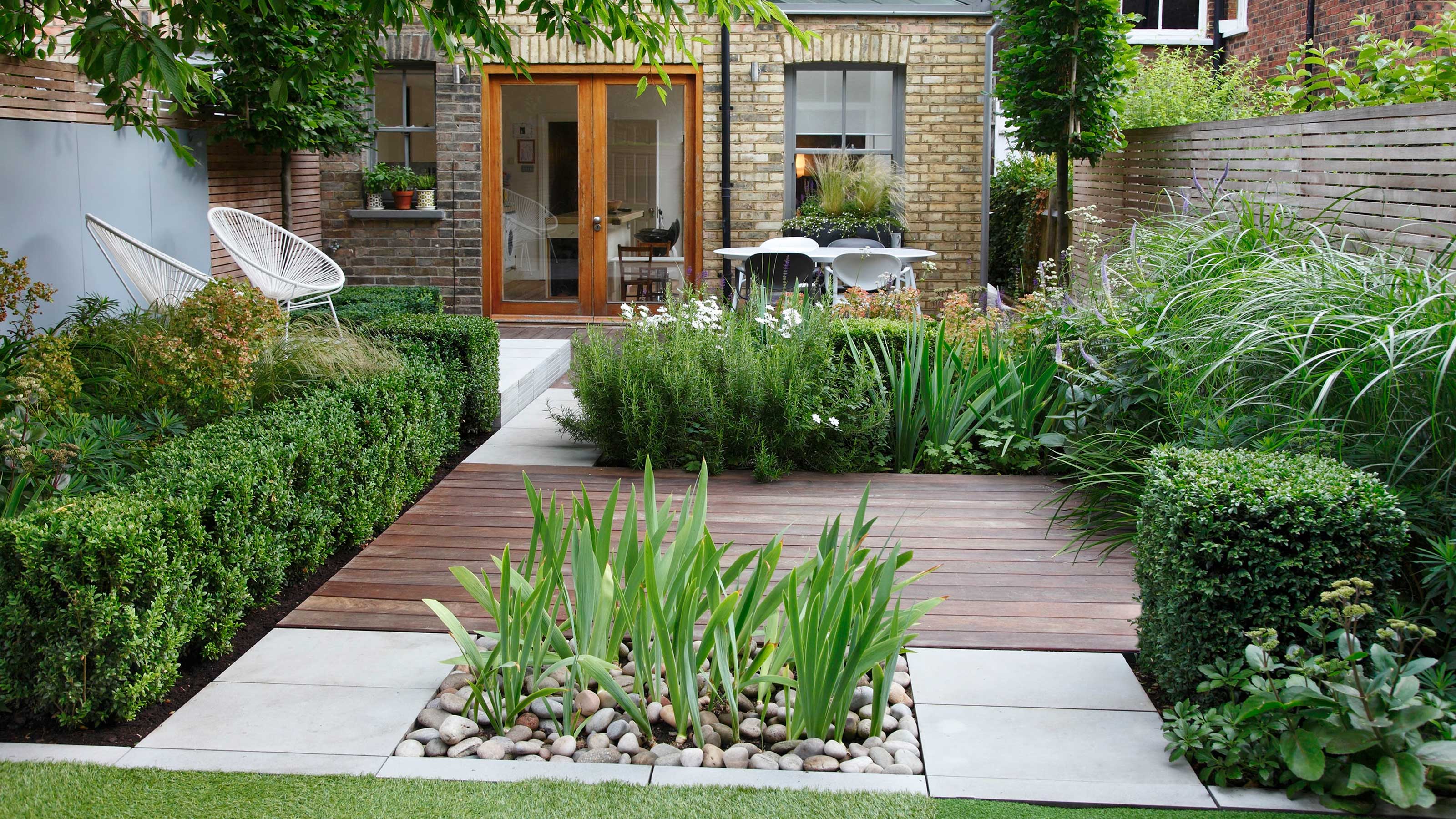How to Create a Garden for Attracting Beneficial Insects

Imagine transforming your garden into a bustling haven for beneficial insects—a vibrant ecosystem where pollinators thrive, and pests are naturally controlled. Creating a garden that attracts beneficial insects is not just about aesthetics; it's about fostering a healthy, sustainable environment. Let's dive into the world of organic gardening and explore how you can design a pollinator garden that's both beautiful and functional.
Understanding Beneficial Insects
Beneficial insects play a crucial role in maintaining the balance of our ecosystems. They include pollinators like bees and butterflies, as well as predators and parasitoids that help control pest populations. By attracting these helpful creatures, you can reduce the need for chemical pesticides and promote a healthier garden.
Designing Your Garden for Beneficial Insects
Choosing the Right Plants
The foundation of any successful pollinator garden is the selection of the right plants. Opt for a diverse range of native plants that provide nectar, pollen, and shelter for beneficial insects. Flowers with different shapes and sizes will attract a variety of pollinators. For example, bees are drawn to flowers like lavender and sunflowers, while butterflies prefer plants like milkweed and asters.
Creating an Insect Habitat
Providing shelter is just as important as offering food. Insects need places to rest, breed, and overwinter. Incorporate elements like dead wood, leaf litter, and rock piles into your garden design. These features mimic natural habitats and provide essential refuge for beneficial insects.
Water Features
A water source is a vital component of any garden designed to attract beneficial insects. Shallow dishes filled with water and pebbles can serve as drinking spots for bees and butterflies. Birdbaths and small ponds also add aesthetic appeal while providing a valuable resource for wildlife.
Organic Gardening Practices
Avoiding Chemical Pesticides
One of the key principles of organic gardening is avoiding the use of chemical pesticides. These substances can harm beneficial insects as well as pests, disrupting the natural balance of your garden. Instead, opt for natural pest control methods like companion planting and introducing predatory insects.
Companion Planting
Companion planting involves strategically placing different plants together to benefit each other. For example, planting marigolds near tomatoes can help repel pests, while attracting beneficial insects like ladybugs and lacewings. This technique not only enhances the health of your garden but also adds visual interest.
Maintaining a Healthy Soil
Healthy soil is the backbone of any thriving garden. Enrich your soil with compost and organic matter to support the growth of your plants and the microorganisms that live within. A healthy soil ecosystem will, in turn, attract beneficial insects that feed on soil-dwelling pests.
Implementing Your Garden Design
Planning Your Layout
Before you start planting, take the time to plan your garden layout. Consider factors like sunlight exposure, soil type, and the size of your garden. Grouping plants with similar needs together can help ensure their success. Use garden design software or sketch out your plan on paper to visualize the final result.
Planting and Maintenance
Once you have your plan in place, it's time to get your hands dirty. Follow the planting instructions for each species to ensure they thrive. Regular maintenance, including watering, weeding, and pruning, will keep your garden looking its best and provide a welcoming environment for beneficial insects.
Observing and Adapting
Gardening is an ongoing process of observation and adaptation. Pay attention to which plants are thriving and which ones are struggling. Make adjustments as needed, whether that means adding more water features, providing additional shelter, or introducing new plant species.
Conclusion
Creating a garden for attracting beneficial insects is a rewarding endeavor that benefits both you and the environment. By choosing the right plants, providing shelter and water, and adopting organic gardening practices, you can transform your outdoor space into a thriving ecosystem. So, why not take the first step today and start planning your own pollinator garden?
FAQs
What are some common beneficial insects? Common beneficial insects include bees, butterflies, ladybugs, lacewings, and praying mantises. These insects play vital roles in pollination and pest control.
How can I attract more butterflies to my garden? To attract more butterflies, plant a variety of nectar-rich flowers like milkweed, asters, and coneflowers. Also, provide water sources and shelter, such as tall grasses and shrubs.
What are the benefits of organic gardening? Organic gardening promotes a healthier environment by reducing the use of chemical pesticides and fertilizers. It also supports biodiversity and improves soil health.
How do I create a water feature for beneficial insects? A simple water feature can be created by placing a shallow dish filled with water and pebbles in your garden. This provides a safe drinking spot for bees and butterflies.
What is companion planting and how does it help? Companion planting involves placing different plants together to benefit each other. It can help repel pests, attract beneficial insects, and improve soil health, leading to a healthier and more productive garden.


0 Response to "How to Create a Garden for Attracting Beneficial Insects"
Post a Comment